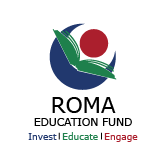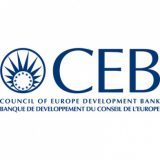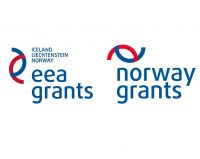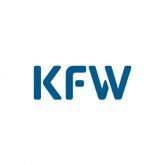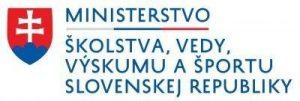The “Education, Employment, Partnerships, and Gender Equality: A Winning Formula for Roma in VET” project has been actively transforming the landscape of education and employment opportunities for Roma, Egyptians, and Ashkali communities in Albania and Kosovo.
Funded by the Austrian Development Agency and led by the Roma Education Fund (REF), with support from project partners RomaVersitas Albania and RomaVersitas Kosovo, this initiative is a testament to the power of collective effort, dedication, and a commitment to gender equality.
Breaking Down Barriers for Gender Equality
The core focus of this project is to empower stakeholders in the fight against discrimination and stereotyping when it comes to the education and employability of Roma girls. The “Lessons Learned on the Prospect of Roma Women and Girls in VET and Their Employability” research is a pivotal part of the project’s gender equality output. This document is the culmination of prior project activities that aimed to provide a gender-sensitive framework for intervention in Albania and Kosovo. It serves as a foundational resource for project staff, partners, and stakeholders, offering essential insights into gender concerns and guidance for the systematic integration of gender considerations into project activities.
Moreover, this publication is designed to be an advocacy and visibility tool for indirect target groups, including schools, employers, and public institutions. It serves the dual purpose of promoting success stories of employers who have embraced diversity and gender equality and encouraging the emergence of role models for girls and women within the Roma communities. By sharing these positive stories and experiences, the publication strives to inspire and empower Roma women and girls to pursue their dreams in education and employment.
Lessons Learned: Overcoming Obstacles, Embracing Opportunities
The journey of this project has been marked by significant findings regarding the obstacles and opportunities for Roma, Egyptian, and Ashkali communities in education and labor markets in Kosovo and Albania. The barriers faced by these communities are complex and interwoven, hindering access to quality education and employment. However, the “Education, Employment, Partnerships, and Gender Equality” project, affectionately known as WinForVET, has risen to these challenges with meticulously crafted interventions. These interventions aim to remove the barriers preventing these communities from realizing their full potential, empowering them to access education and employment opportunities.
Furthermore, the project has not only identified these challenges but also seized various opportunities to ensure greater inclusion of Roma, Ashkali, and Egyptian individuals in vocational education and employment, ultimately leading to their increased and fuller participation.
Key Lessons for the Future
The wealth of implementation experience and in-depth insights gathered throughout this project have culminated in several invaluable lessons learned. These lessons are pivotal for ensuring the full integration of Roma, Egyptian, and Ashkali communities in education and labor markets, with a particular focus on women and girls. They provide a roadmap for future endeavors in this vital domain.
The “Lessons Learned on the Prospect of Roma Women and Girls in VET and Their Employability” publication is more than just a retrospective analysis. It provides key recommendations for all stakeholders, including the public sector, vocational education and training (VET) providers, the business sector, other civil society organizations (CSOs), and implementing partner organizations. These recommendations pave the way for a brighter, more inclusive future for Roma, Ashkali, and Egyptian communities, promoting gender equality and empowerment.
In conclusion, the “Education, Employment, Partnerships, and Gender Equality” project, along with the invaluable insights contained within this publication, stands as a testament to the power of collaborative efforts in dismantling barriers and creating a more inclusive, equal future for all. It is a beacon of hope and a roadmap for anyone striving for a more equitable world.
